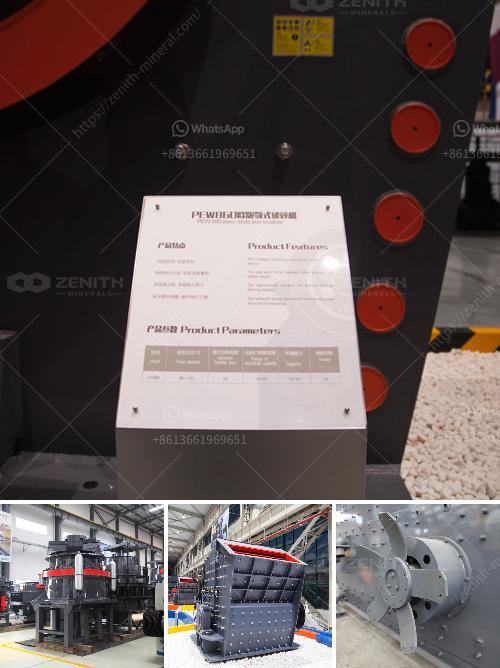Grinding white cement clinker involves several steps and considerations to ensure the final product meets the desired quality and performance standards. Here is a detailed explanation of the process:
1. Clinker Preparation
Before grinding, the white cement clinker must be properly prepared. This involves:
- Cooling: After the clinker is produced in the kiln, it needs to be cooled down. Rapid cooling is essential to preserve the white color and prevent the formation of unwanted compounds.
- Storage: The cooled clinker is stored in silos or storage areas to protect it from moisture and contamination.
2. Grinding Process
The grinding process is crucial for producing fine white cement powder. The steps include:
- Grinding Equipment: The clinker is ground using ball mills, vertical roller mills, or other grinding equipment. The choice of equipment depends on the desired fineness and production capacity.
- Grinding Media: The grinding media (balls or rollers) should be made of materials that do not impart color to the cement. Typically, high-chromium steel or ceramic grinding media are used.
- Additives: During grinding, gypsum is added to control the setting time of the cement. Other additives, such as limestone or slag, may also be included to enhance specific properties.
3. Quality Control
Maintaining the quality of white cement is essential. Quality control measures include:
- Fineness Testing: The fineness of the ground cement is tested using sieves or laser particle size analyzers to ensure it meets the required specifications.
- Color Consistency: The whiteness of the cement is monitored using colorimeters or spectrophotometers to ensure uniformity.
- Chemical Analysis: Regular chemical analysis is performed to check for impurities and ensure the composition meets the standards.
4. Packaging and Storage
Once the white cement is ground to the desired fineness and quality, it is packaged and stored:
- Packaging: The cement is packed in bags or bulk containers, depending on the market requirements.
- Storage: Proper storage conditions are maintained to prevent moisture absorption and contamination, which can affect the quality of the cement.
5. Environmental Considerations
Grinding white cement clinker can have environmental impacts, so it is important to implement measures to minimize these effects:
- Dust Control: Dust collection systems are used to capture and recycle dust generated during grinding.
- Energy Efficiency: Energy-efficient grinding equipment and practices are employed to reduce energy consumption and greenhouse gas emissions.
Conclusion
Grinding white cement clinker is a complex process that requires careful attention to detail at every stage. From preparing the clinker to grinding, quality control, and packaging, each step plays a crucial role in producing high-quality white cement. By following best practices and implementing advanced technologies, manufacturers can ensure the production of white cement that meets the highest standards of quality and performance.

